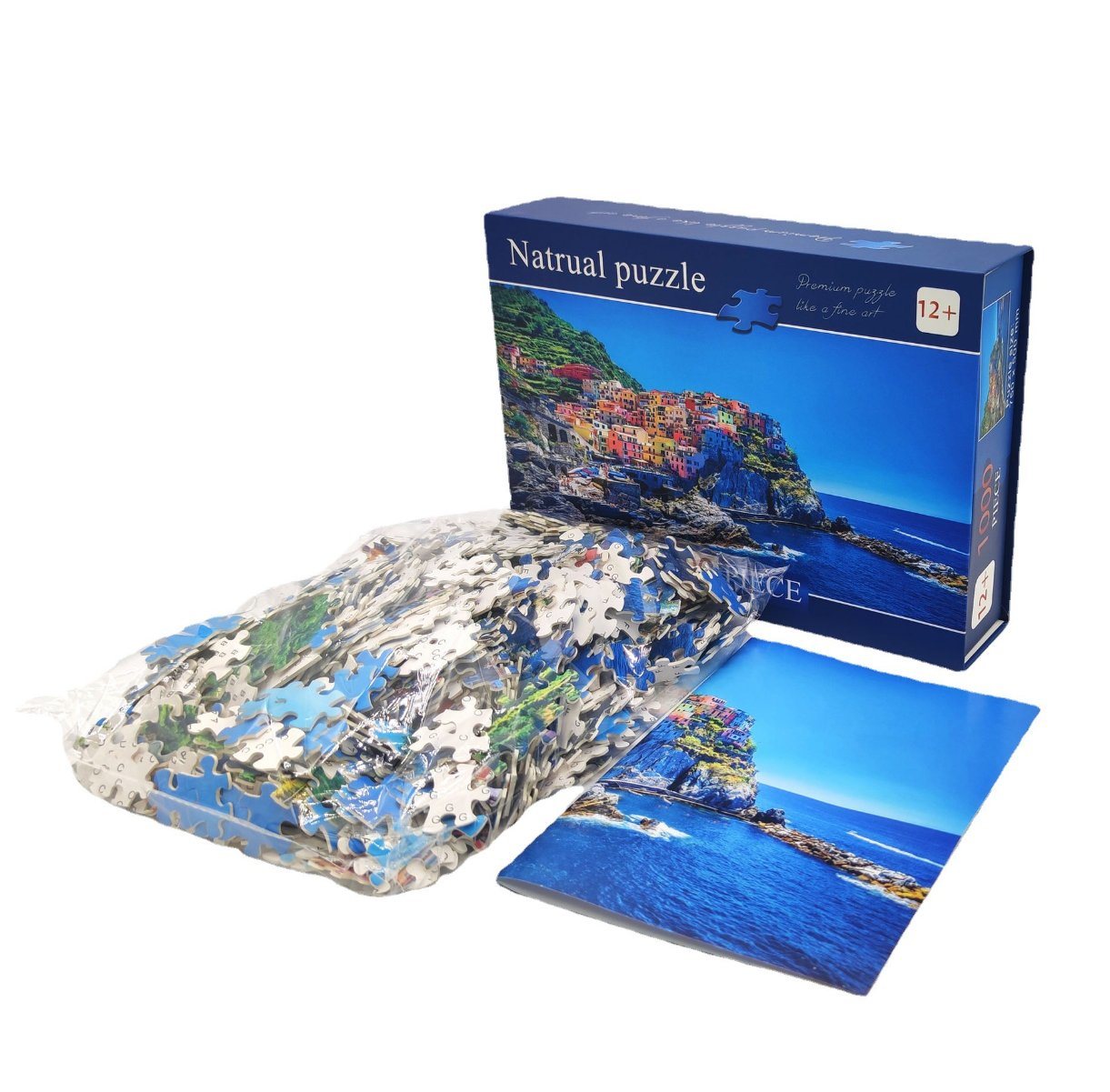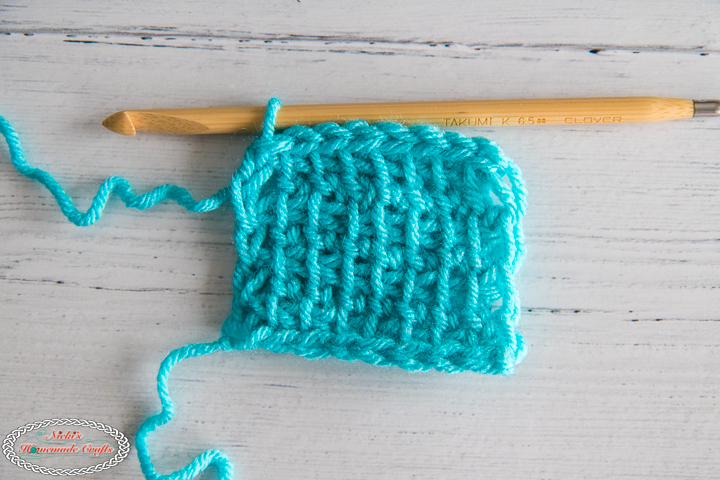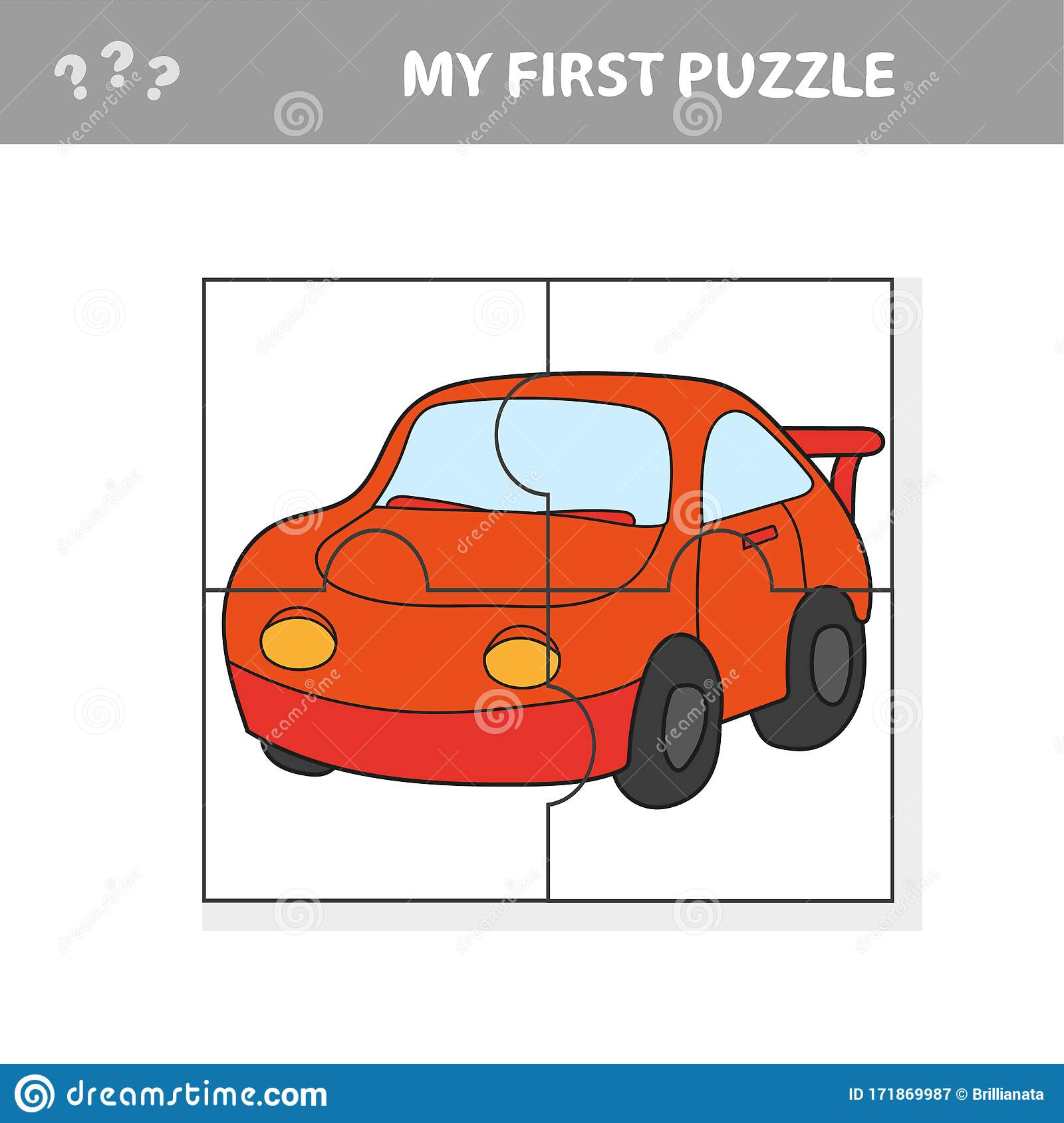
There are many ways to store craft supplies. You can store your craft supplies using IKEA Pegboards, rolling storage wagons, canvas totes, or even vintage finds. You may even be able to find a storage space built in to your room! It is up to you to choose what works best for your space.
IKEA Pegboards
Pegboards are great for organizing craft supplies and displaying your favorites creations. They are also great for writing down important information and identifying the materials you need to repurchase. These containers can be used to hold your paint containers upright, and to monitor when they are low.
Pegboards can be made to fit any size craft area and come in many sizes. You can add shelves or containers on the pegboard. For example, you can use it to store a collection of fabric or even a rotary cutter! You can even buy custom racks and organizers to fit the design of your room.
Rolling storage carts
A rolling storage cart in a craft room can hold a wide variety of supplies. You can store ribbon and paper in craft carts. Many have cubbies or drawers to help you organize your supplies. Some carts even have a paper station to wrap your gifts. These carts are typically lightweight and strong and made from MDF which gives them strength and durability. Some models come with casters for ease of mobility.

There are two types of rolling storage carts: one for small items and one for large supplies. These carts include shelves and drawers with three-to four-layer designs. These carts have two handles that make it easy to maneuver and four smooth casters that make it easy to roll. These carts are great for storing everything from gift wrapping paper to art supplies.
Canvas totes
Canvas totes are a great way to organize your craft supplies and maximize space. These bags are perfect for holding craft supplies. They also have handles that make them easy to carry. These totes are ideal for crocheters and those who like knitting. A rolling cart is another great option for crafting rooms. These can hold so many items, and they make it easy to move them to the next room.
Besides canvas totes for craft room storage, you can also use other storage options, such as pegboards, plastic bins, or even lined drawers. These storage options are ideal for organizing craft materials such as fabric, yarns, blankets, sheets, and other material. A canvas shoe organizer is also available with deep pockets that can store small craft materials. You can hang the cart from the wall using a curtain rod, hanging rack, or a rolling cart. To store larger craft materials, baskets are an option. A basket with handles makes it easy to carry to the craft tables, while a rolling cart makes it easy for you and your customers to display items.
Vintage finds
You can add vintage items to your craft room storage. These items can be reused to hold small tools and glue. You can also personalize them by painting and writing. Another great option for storing small craft items is a vintage-inspired card catalog shelf. This shelf can be used to store small craft items or tools.
Small items can be stored in large vintage glass jars. It can also be used for cupcake liners storage. This item adds an interesting accent and design to the room. You can also use a vintage drink caddy to store craft supplies. A drop-down desk can be used to create a craft storage space. This desk will provide a small workspace that can hold all your crafting supplies.

Vintage jars
Vintage jars can be used to organize your craft area. These versatile containers come in many sizes and shapes. It is possible to create large centerpieces by using several jars. The rustic look of canning jars will blend beautifully with a rustic and contemporary aesthetic.
You can also customize these containers. Vintage jars can be customized in a variety colors including blue or clear. You can also find jars that are tinted with food coloring or Mod Podge. This will give them a sea glass effect and a soft wash of color. Be aware that these containers are not meant to be used as food containers. These containers can add a wonderful decorative touch to any space.
FAQ
Where can you find free resources that teach more about hobbies and interests?
Many websites offer help in finding new hobbies.
Here are some favorites of ours:
www.trythisathome.com - This site provides a list of over 100 different hobbies. You can also find information about how to start each hobby.
www.hobbyfinders.org offers a huge database with thousands of activities. You can search for your interests, skills, location, and many other criteria.
www.indiebazaar.co.uk - IndieBazaar is an online marketplace designed specifically for independent artists and musicians. This site offers hundreds of products, ranging from artwork and music gear.
www.pinterest.com/explore/hobbies - Pinterest is a social media network that lets users "pin" images they find interesting onto their boards. Users can organize the things they like in specific categories with boards.
www.reddit.com/r/Hobbies: Reddit, another social media platform, allows users to post links to articles and videos. Voting allows users to vote for the most valuable posts.
What kind of hobbies is best for introverts.
Introverts have the ability to focus on one thing at a time. They prefer solitude, such as reading, writing music, or watching movies.
They also love to spend quiet time by themselves. However, they do not enjoy socializing all day long. They are often bored when surrounded in people.
This is why introverts often choose hobbies that require them to be alone. You might find them reading books, listening, playing music, taking photos, writing poetry or painting.
Some introverts even choose to live alone. They are able to concentrate on their hobby while not being distracted by other activities.
How much does a hobby cost you?
Hobby costs nothing except time. If you're serious about your hobby, it can take you years to get what you want.
But there is one thing you can do to help yourself. It's called "passion." If you are passionate about what you do, it will be easier to work hard and make progress.
You may become addicted to the activity once you have put in enough hours. Here is the fun part! Because you are enjoying what you are doing and are constantly improving. By the end of the year you'll have probably made a lot of progress.
Do not worry about the time it takes. Give it a shot. You may be surprised.
What are educational hobbies?
A hobby that teaches you something is called an educational hobby. It could be anything from playing sports to learning how to play an instrument.
You should have fun with it. It doesn't have to be done all the time. However, if you get bored of it, you should think about other things you can do instead.
These activities could end up costing you far more than what you pay for.
How do I get started with my new hobby?
The first step toward starting any new hobby is to decide what kind of activity you'd like to pursue.
Once you've chosen your subject, you need to be passionate about it.
It is crucial to know why you want to pursue a hobby. It will provide you with direction and purpose.
Once you've chosen the hobby you would like to pursue you can start planning.
Think about the equipment that will be needed.
You might need to consider whether you should attend classes or seminars.
You must ensure you have enough room for your hobby.
You might also consider joining a club. These groups often offer advice and support.
Also, consider how much money your hobby would cost.
What are some hobbies that seniors might enjoy?
Senior citizens should have fun activities that they enjoy doing. Senior citizens should be active and participate in other activities.
They might want to join clubs where they can meet people who share similar interests. This way, they'll feel less lonely as they age.
Seniors must also be on the cutting edge of new trends. You could, for example, follow the latest trends in fashion, literature, and music.
What are some competitive hobbies?
Swimming, running, cycling, golfing and tennis are some of the competitive sports.
They're often enjoyed by people who are active and want to socialize.
If you have a hobby that involves physical activity, then you'll probably find that there are other people around who share this interest.
This could mean joining a club, or group that meets regularly to do sports together.
You might also choose to participate in team games involving playing alongside others.
These include cricket, football, netball, hockey, netball, soccer, rugby, cricket, rugby, batsball, hockey, volleyball, badminton squash, handball and table tennis.
There are many types and levels of competition.
Some competitions are organized for purely recreational purposes.
Others are meant to test competitors' skills.
Some are even designed to reward outstanding performance.
In these cases, winners receive prizes.
Other competitions test strength and endurance.
These are known as endurance events.
For example, marathon races, triathlons, Ironman Triathlon, etc.
These events are often contested by athletes who train hard.
To prepare their bodies and minds, they will have to adhere to a strict training plan.
They might also need to be away from their homes during preparation.
It's important not to forget that not all athletes are able to compete in every type event.
Statistics
- 37% Video Games 36% Travel 36% Health and Fitness (quizexpo.com)
- The intensity of the dialogue partners' bond at the end of the forty-five-minute vulnerability interaction was rated as closer than the closest relationship in the lives of 30 percent of similar students. (time.com)
- The Role of the Mind in Sex, Dating, and Love: Men in the “humor” condition received phone numbers from 42.9% of the female participants and were refused 57.1% of the time. (time.com)
- This 100% accurate personality-analyzing hobby quiz discovers your passion based on your characteristics. (quizexpo.com)
- In comparison, men in the “no humor” condition were refused 84.6% of the time and were only accepted 15.4% of the time. (time.com)
External Links
How To
How to learn a music instrument
There are many methods to learn music. You have the option of going to school, buying a book or taking lessons from someone who plays an instrument. Or, you can watch videos online. Here are some tips and techniques to help you learn if your goal is to create your own learning path.
-
Find something that interests and you. If you don’t like any of these instruments, you can always try another. It's difficult to take up a hobby if you don’t love playing the instrument.
-
Be patient. Learning anything new takes time. Don't expect to master everything right away. Instead, keep practicing every day.
-
Keep practicing regularly. Even if you feel tired, keep practicing. This will make sure you don't forget the lessons you have learned.
-
Choose a good place to practice. Ideal is a quiet area where you don't have to disturb anyone else. You should also make sure there aren’t any distractions. For example, avoid having loud music playing nearby.
-
Have fun. Music is meant to be enjoyed. You should have fun practicing music. Being happy will inspire you to keep practicing.
-
Set goals. When you set goals, you know exactly what you have to achieve. This will make it impossible to fail.
-
Keep track of your progress. Notate all of your achievements and failures. You will be able to improve your skills over time by writing down all of your achievements and failures.
-
Take breaks. Sometimes you just need to take a break. You will be able to take breaks and think about the things you are doing.
-
Ask questions. Ask questions. They may be willing to help.
-
Listening is the best way of learning. Many musicians learn by listening to the songs they love and then imitate them. This helps them understand basic concepts behind the song.
-
Read books. Reading books will teach you more than watching videos or taking classes. Books can also provide information that is not available elsewhere.
-
You can join a band. You will be able to practice more when you play with others. Plus, you'll meet people with the same interests as you.
-
Take a look at tutorials. Tutorials are short videos that give detailed information on a topic. These videos often focus on one aspect or part of the instrument. These tutorials will help you to understand the more difficult parts.
-
Explore different learning methods. Some people prefer to learn through lectures, whereas others learn better by reading. You can experiment until you discover what works for you.
-
Practice makes perfect. Nobody becomes an expert overnight. Instead, you must put in lots of effort before becoming skilled enough to perform well.
-
Learn from other musicians. Listening and learning from others can help you to learn faster.